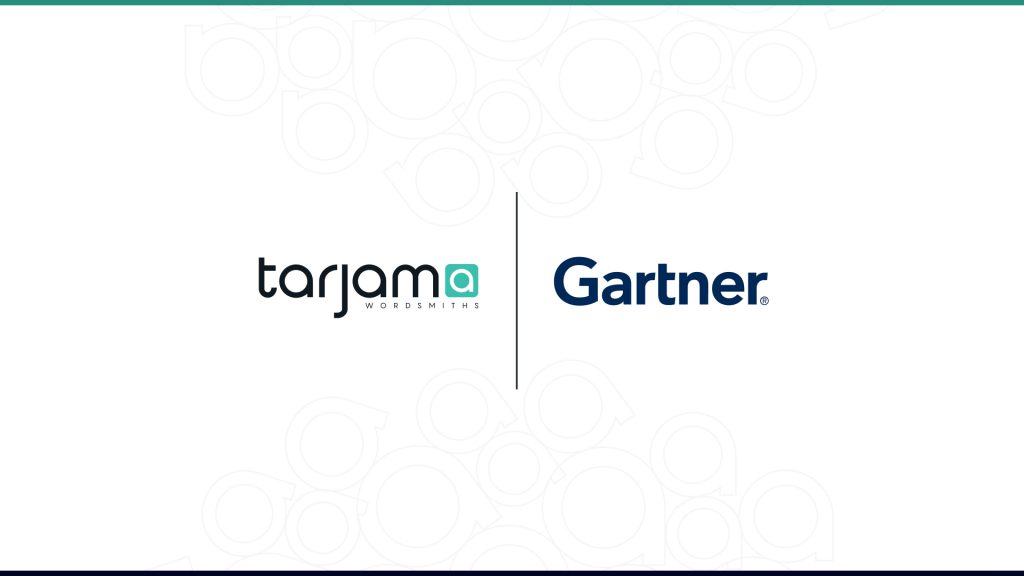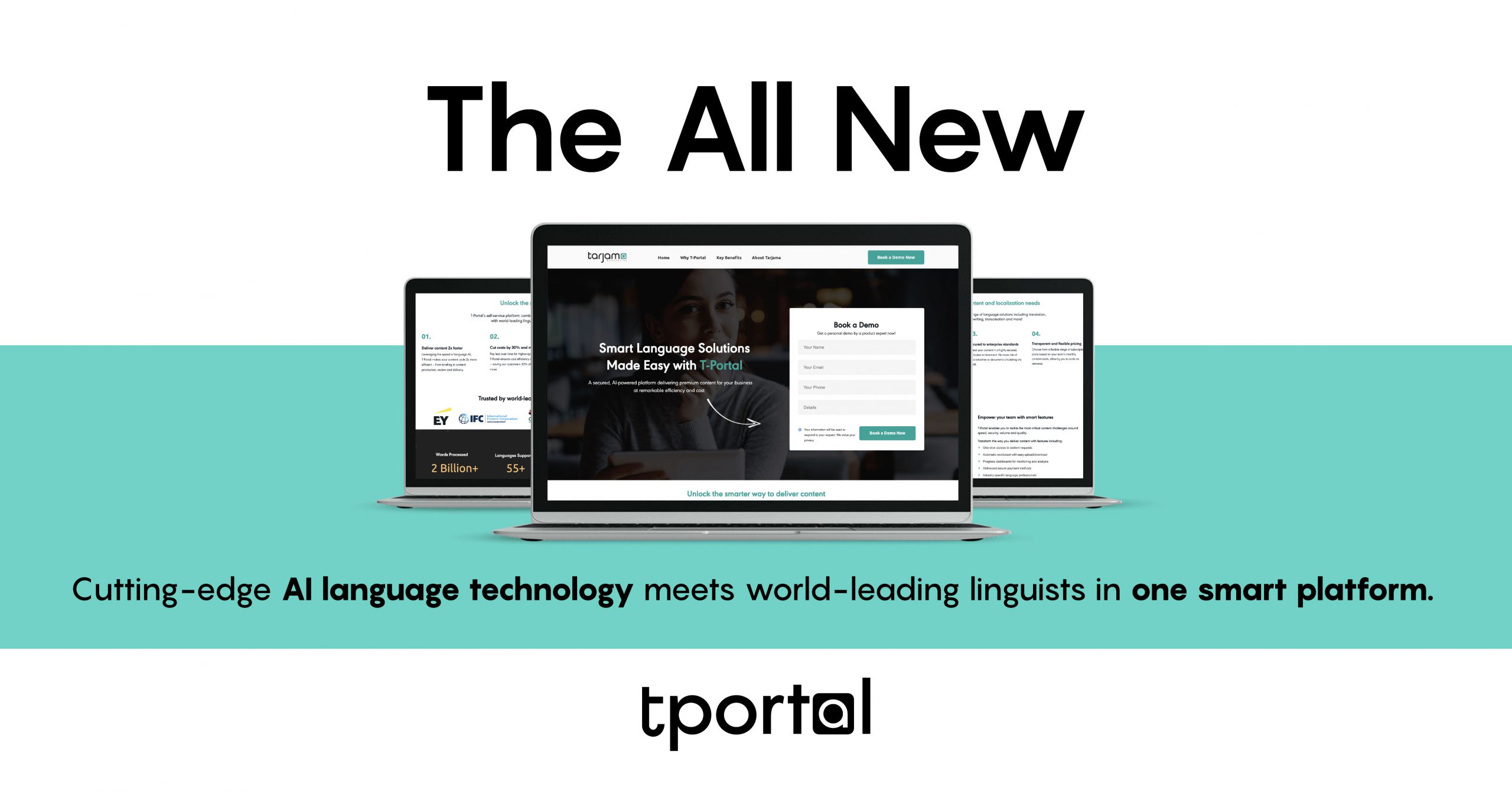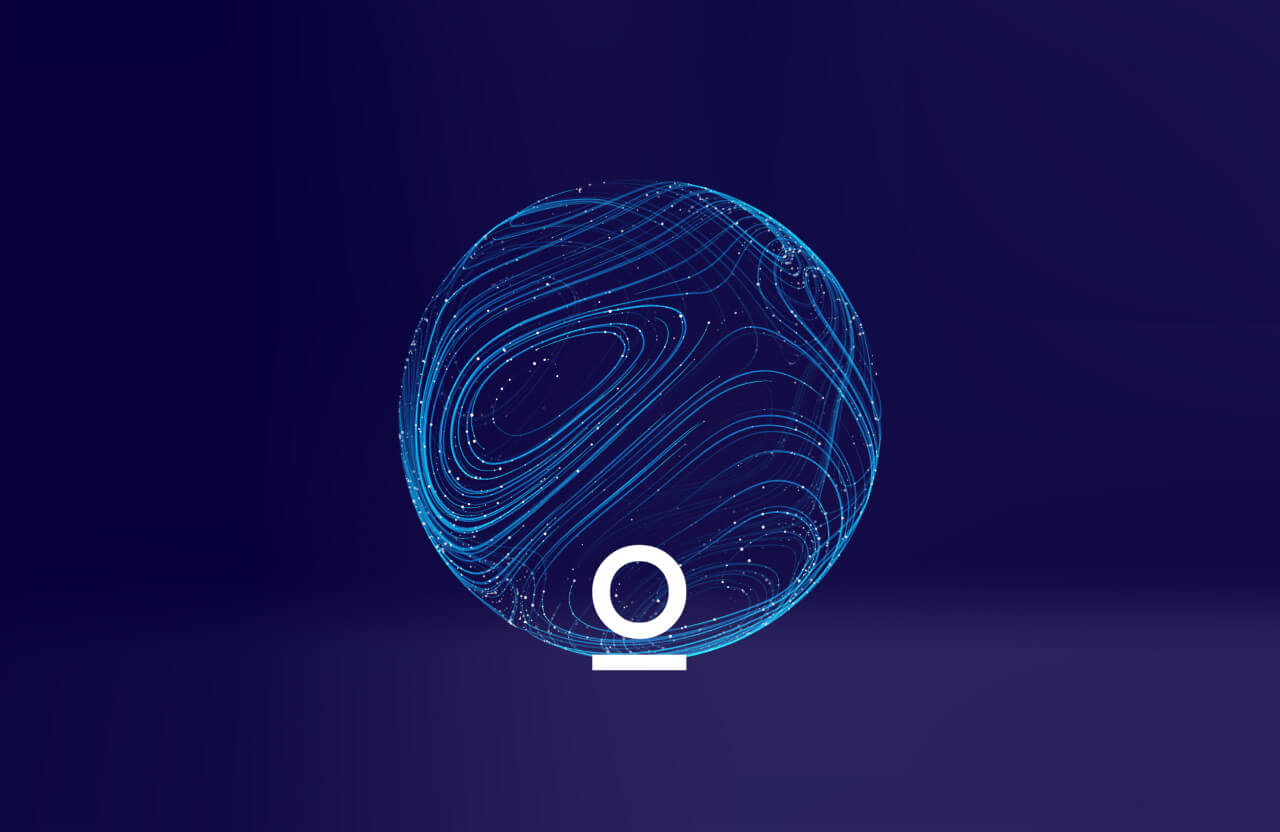In the face of the deteriorating economic situation worldwide, companies worldwide are making continuous efforts to overcome these challenges. Since the outbreak of COVID-19, markets have shifted towards e-commerce to follow social distancing and lockdown measures. This has impacted face-to-face retail sales negatively causing a decline of 5.1% in the UK market, according to the Office of National Statistics report. However, for every e-commerce retailer, the pandemic marked the beginning of a new turning point: although retailers have taken a big hit, one of the most intriguing changes in 2023 is shifting to digital. As a result, new opportunities were created, and companies grew fond of the idea of running their businesses and selling their products electronically. Nevertheless, this digital transformation in buying and selling has faced many challenges due to several factors related to customer service, marketing, and geographical location.
1. Customer experience:
Satisfied customers are the biggest potential revenue generator for any e-commerce platform. Running an e-commerce website within the global market makes doing this job harder. What guarantees having happy customers worldwide is the smooth consumer journey from the moment a need originates until the last step of purchasing the product. In order to have a positive experience, customers must have adequate and sufficient information about the product, its specifications, the dos and the don’ts of using it, and have their concerns met in order to make an informed decision of buying the product. Unfortunately, this is the point where many customers prefer brick and mortar retailers due to the ease of cross-linguistic communication with an agent or a sales representative.
Multilingual online retail websites containing missing or inaccurate product-related information resulting from poor translation can cause a gap in meeting customers’ need. Relying on unqualified vendors to translate this descriptive information can cost e-commerce companies money and customers and spread bad word of mouth costing the e-business money. On the other hand, if a customer has effectively interacted with an accurately translated webpage displaying all the information about the product or the service provided, the likelihood of having a dissatisfied or an unhappy customer is reduced significantly.
2. Converting online shoppers into online buyers:
These days, customers can easily find their individual unique preferences and needs among a myriad of options and a wide array of products. For a shopper to spend money and pick you, an e-commerce company should balance between translation and transcreation. While a standard translation makes the content understood, a convincing marketing pitch for a product has to resonate with target customers. Therefore, a direct translation might not be enough to leave the desired impact in potential buyers. An example of this is the rebranding of HSCB’s campaign “Assume Nothing” that was deemed too fancy to be translated. Later, it was mistakenly translated as “do nothing” in a number of different markets. For this reason, transcreation is essential to work hand in hand with translation combining localization solutions and creative writing with targeted marketing insights. Also, one big challenge related to low-quality translation on e-commerce platforms is the lack of linguistic experts who are both completely aware and very accurate in selecting the relevant industry lingo and the catchy jargon that not only conveys the intended target message but also strengthens and serves the marketing goals. Another common pitfall for inexperienced translation services is the absolute disregard of the cultural and societal considerations an international e-commerce website has to respect when selling products overseas. This is what Amazon did in their launch of their website in Sweden where they used the Argentinian flag instead of the Swedish flag in addition to many words that were both offensive in their meaning and considered a cultural faux-pas.
3. Customer support and loyalty:
Customer service is the backbone of any successful industry, especially e-commerce websites. Companies do their best to ensure customer happiness and guarantee positive reviews on their websites and other social media platforms. However, customers expect a similar experience dealing with chat software or a bot to the one they would get in a brick-and-mortar store.
When serving international customers, e-commerce companies have to handpick their AI software or else customers’ experiences will be impacted negatively, leading to dissatisfaction and frustration. A multilingual chat software that does not understand nor resolve international customers’ issues in different languages can severely reduce customers’ trust in e-commerce companies. As a result, e-commerce companies lose potential loyal customers and make twice as much effort to acquire new ones.
On the other hand, once a customer makes a purchase or utilizes a service from a retailer, an e-commerce company has to make sure that they keep this customer for life. Contacting the customer via their preferred means – be it an email or SMS – the customer service team has to be equipped with the linguistic competency to effectively communicate and empathize with customers and resolve their queries after selling the product or the service. When there is a language barrier when dealing with customers with different mother tongues, a translation solutions provider must be capable of providing accurate interpretation over the phone or in chat to ensure smooth communication.
4. Coping with trends and ongoing translation:
Between the non-stop product releases, seasonal changes and customer demands, retail in general and e-commerce in particular move fast. Consequently, e-commerce websites need to be updated at a moment’s notice. Considering the speedy nature of international commerce, traditional web translation workflows find it hard to keep up. This leaves your company with untimely content releases, putting you behind the competition and losing potential revenue. Nowadays, it is not just machine translation (MT) that comes to the rescue. More advanced tools and translation technologies are making human translations stronger and more efficient.
Translation vendors who resort to traditional translation tools in the midst of these abrupt changes have to open the door to utilizing these advanced localization websites and software. A successful translation company has to diligently demonstrate its commitment and adherence to deadlines and finalizing their translation tasks, since delays in the translated content of a newly released product can deprive a target audience in a certain locale from the opportunity to get familiarized with the latest trends of their favorite service or product provider.
5. Terms and conditions
A lot of e-commerce sites tend to stagnate due to the challenge of operating electronically overseas with customers outside their geographical and linguistic range. They also have to deal with different terms and conditions, product return or refund policies, and varying local consumer protection laws enforced differently according to each country. All of this has to be reviewed and translated by experts in the legal field. For customers to confidently make purchases online, they have to have their expectations set of what they are going to pay, when they are eligible for a refund, how much the fee is (if there is any), and why they are not allowed a full refund or a return in some cases. Such terms and conditions have to be clearly stipulated in both the product description and the “terms and conditions” field before, after, and during any purchase. Unfortunately, translators who do not speak the primary target language or who do not have a strong legal background can mistranslate the technical legislative terms leading to customer complaints which, in turn, open the doors to numerous customer lawsuits accusing e-commerce companies of breaching and violating the agreed upon regulations.
Why choose Tarjama as your e-commerce translator?
Tarjama has left its mark in the translation field as the preferred destination for a large number of e-commerce companies. Thanks to our trusted, high-quality and speedy delivery of translated content, many online industries have entrusted their e-commerce businesses to us. With our continuously developing AI-augmented translation approach, our customers get the best out of both human and artificial intelligence. Tarjama linguists deliver content two times faster than average because our team of expert translators are supported with our high-tech translation technology.
These technological tools can be exploited in online retailers’ websites to provide appropriately translated content for more satisfied customers. Aiming at the best consumer experience, our team can upgrade the multi-lingual bots so that they can simulate an interactive conversation with customers by developing their linguistic translated database to better answer customer queries and resolve their problems, in addition to upgrading other customer-related content on multi-lingual e-commerce websites such as product FAQs. Knowing very well the consequences of poorly translated terms and conditions, our handpicked team of legal translators pay great attention to translating and localizing them bearing in mind their importance in commercial interactions in different countries around the world.
Our meticulous attention to details in translating and localizing product content and descriptions on e-commerce websites is proven to be of premium quality and punctuality. Not only is our team of language experts comprehensively aware of localization and translation concepts, they are also well-equipped with considerable skills in creating relevant content that caters to marketing needs and abides by the translated message. Because Tarjama believes that advertisement is a powerful tool in the hands of e-commerce industries, we pay a great deal of attention to it, especially when translating online marketing content to countries with different cultures. Implementing the concepts of localization, market research, and cultural awareness during our translation process is essential to Tarjama’s translation. We take pride in translating and transforming e-commerce content in over 55 languages while ensuring it works within each culture and context and captures the audience’s attention no matter where they live or where they are from.





















